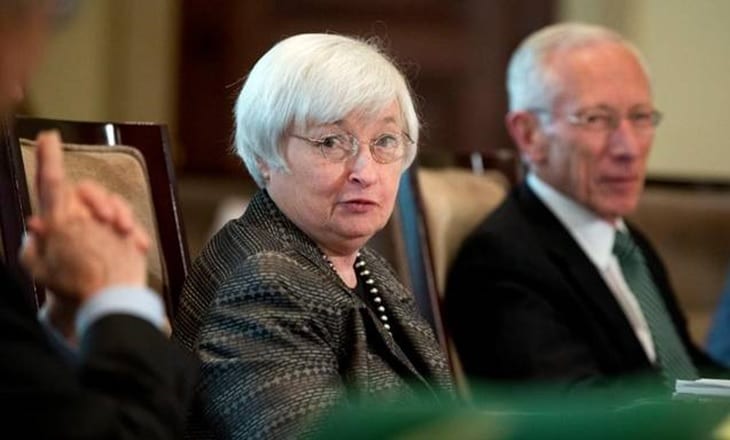The following article was written by Ipek Ozkardeskaya, Senior Market Analyst at FCA regulated broker London Capital Group Holdings plc (LON:LCG).

Ipek Ozkardeskaya, LCG
The Federal Reserve (Fed) raised the interest rates by 25 basis points as widely priced in by the US and the global markets.
The FOMC hinted at another rate hike before the end of this year, three more rate hikes in the course of next year and gave advance warnings on the upcoming balance sheet normalisation.
In addition, FOMC Chair Janet Yellen talked down the rising concerns about an eventual slowdown in inflation, suggesting that the recent weakness could be due to temporary factors such as the reductions in wireless plans and lower medication costs and the economy is on its way to the Fed’s 2% inflation target.
In conclusion, the Fed has said or done nothing to fundamentally disappoint the hawks. In contrary, Janet Yellen appeared strongly confident regarding the Fed’s future normalisation plans, both in rates and the balance sheet.
Buy-the-rumour-sell-the-fact reaction to the Fed decision
The US 10-year yields nosedived to 2.10%, a fresh low since the November US Presidential Election.
The US dollar sold off against the majority of G10 and emerging market currencies.
The US stocks gave a mixed reaction. The Dow Jones ended the session 0.22% higher, while the S&P500 and the NASDAQ closed 0.10% and 0.41% lower respectively.
As mentioned above in this article, the Fed’s June decision was mostly priced in the equity, bond and money markets.
Fed-hawks were alert prior to the meeting in hope for more and concrete details regarding the balance sheet normalisation plans. In the absence of the latter detail, many preferred realizing gains. This is a typical buy-the-rumour-sell-the-fact reaction.
Moving forward
The Fed’s monetary policy normalisation is happening at a reasonable pace and the Fed is the only central bank to stick with the normalisation plans among the world’s leading central banks.
The Fed’s major counterparts prefer keeping their monetary policy loose, even more after the Trump-reflation trade has almost fully waned.
Under the current circumstances, the Fed’s hawkish divergence versus the rest of the world should stay supportive of the US dollar and the US yields. Given the unwind in the long US dollar positions and the US yields during the first half of 2017, the downside potential should be close to exhaustion and the current levels could start attracting fresh medium to long-term USD-positive positions by the start of the second half.
